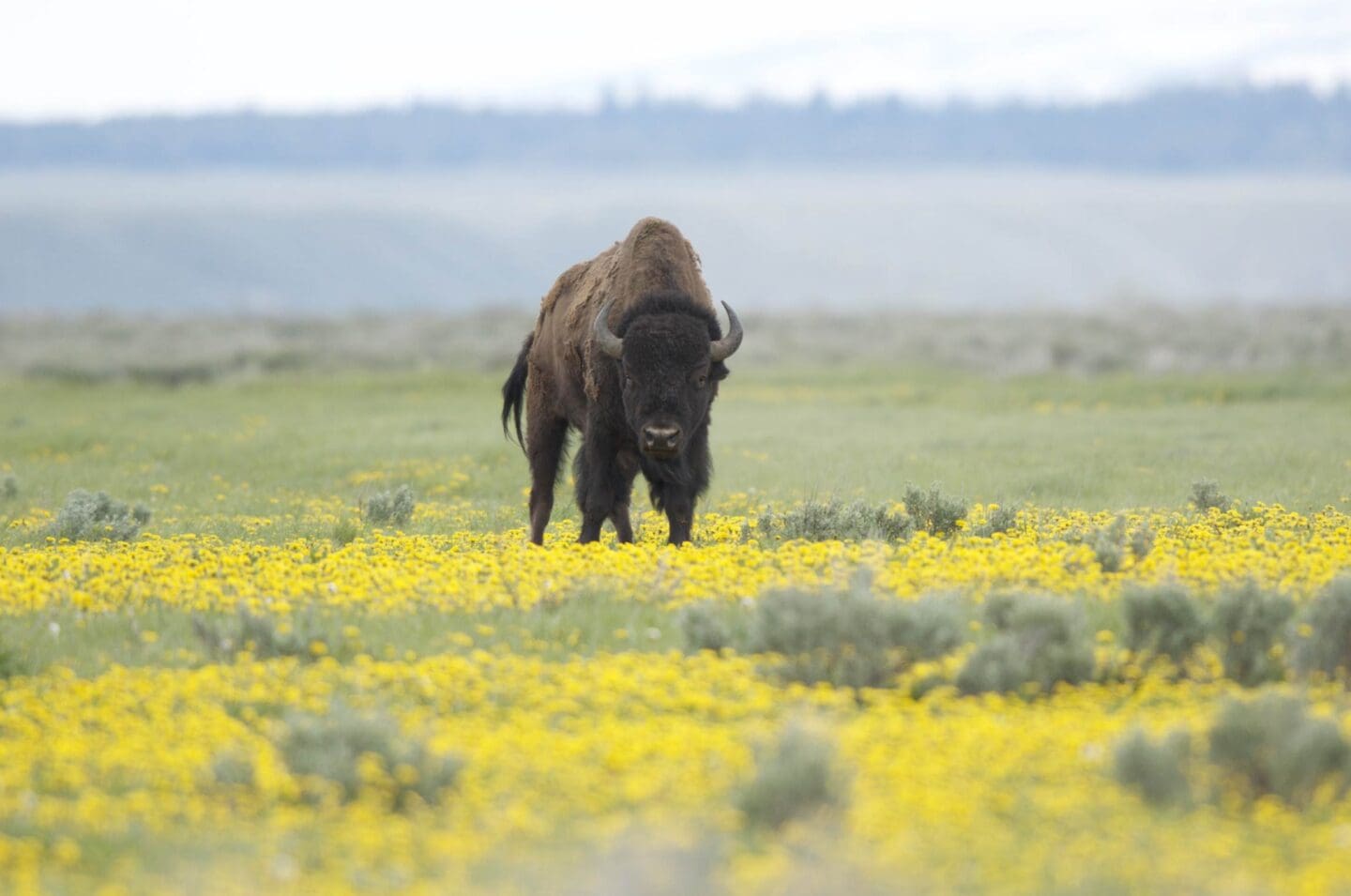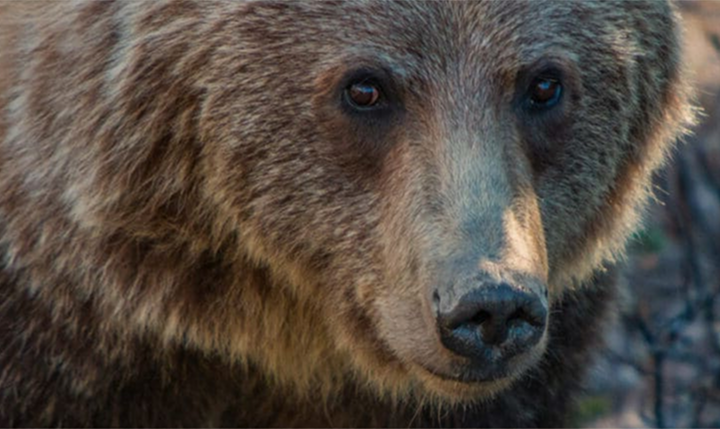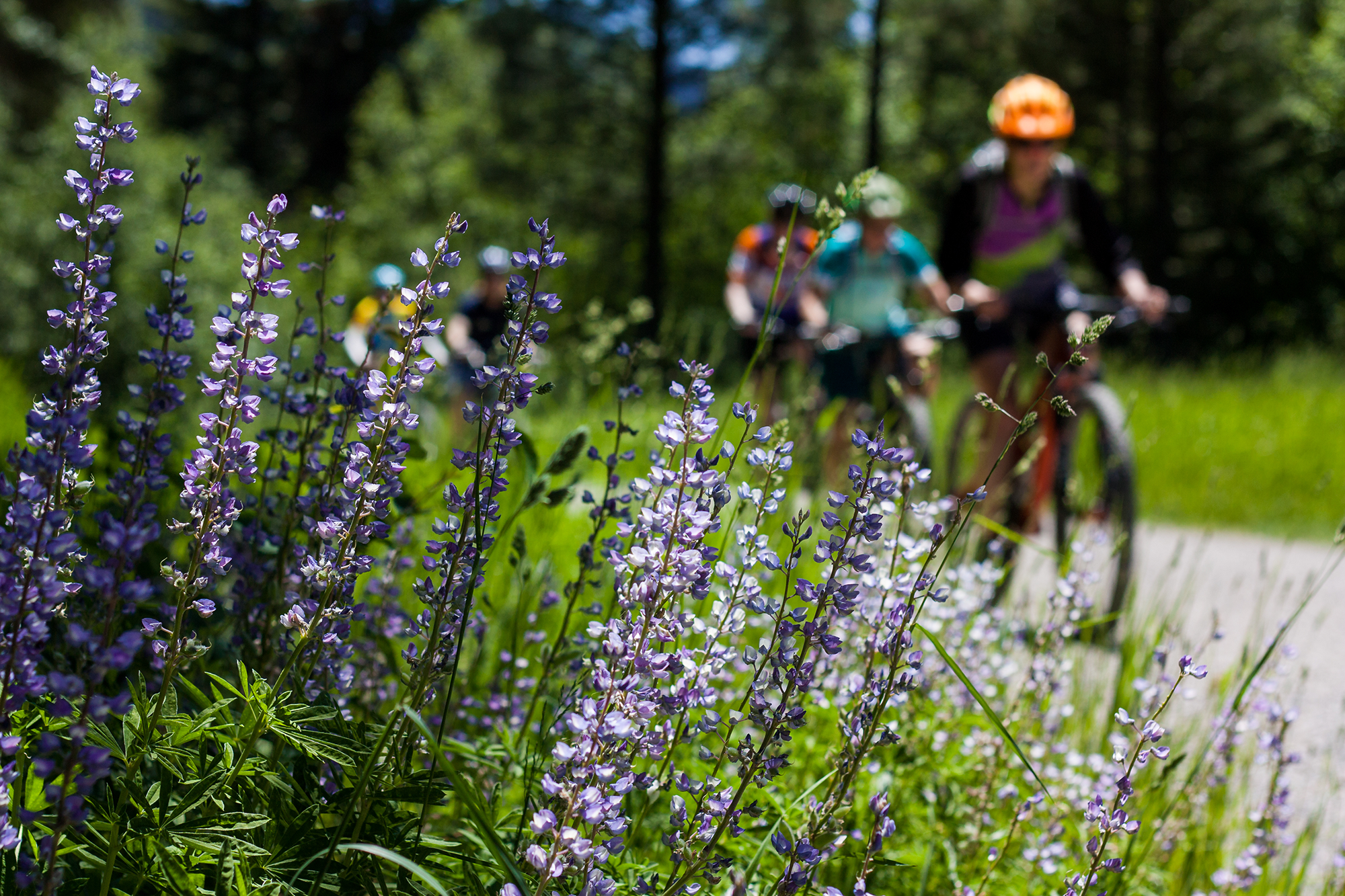Can you imagine how breathtaking it would be to see free-ranging bison migrating across the prairies and rangelands?
For the First Nations and Tribes in the Yellowstone to Yukon region, it’s not just a vision, it’s a return to the ‘buffalo way of life.’
For thousands of years, bison roamed from the Arctic tundra to the grasslands of Mexico, even to the eastern states, shaping and creating their habitat.
Their hooves aerated the soil. Their thick fur carried seeds to regenerate native grasses. Their wallows filled with water to support entire ecosystems. And they provided food, tools and hides that sustained Indigenous peoples for millennia.
Then, in the span of a century, bison were nearly wiped from the continent, erasing thousands of years of identity, culture and ecology.
Today, most bison live on ranches or isolated pockets scattered across parks, reserves, and Tribal lands within the Yellowstone to Yukon region. It’s a far cry from the wide-roaming populations of the past.

Bison are now slowly returning to the landscape. Over 43 Nations and Tribes spanning 10 provinces and states have signed the Buffalo Treaty, with a goal to bring bison back to the landscape, and restore vital relationships between wildlife, people and the land.
From the Blackfeet Tribe in Montana, to the Piikani and Kainai Nations along the Waterton-Glacier border, and the Ĩyãħé Nakoda (Stoney Nakoda) Nations near Banff National Park, Indigenous-led bison rematriation programs are reviving the species, along with cultural traditions and ecological relationships.
Each Indigenous-led project requires hundreds of thousands of dollars to acquire land, raise and transport buffalo, improve fencing, or provide ongoing monitoring.
Thanks to your donations, we’re able to partner with and partially fund the Indigenous groups leading these efforts.
Because of your generosity, our partnerships support:
- Education and awareness activities, like documentaries and events
- Fencing and corralling to keep bison safe and protect neighbouring ranchers’ property and livestock
- Research and monitoring costs to track changes in ecological health as bison return to the land
- Ceremonial activities to help Indigenous people reconnect to the land and traditional ways of life
Restoring bison to their lands, and reconnecting Indigenous peoples to their ancestral ways of life is meaningful work.
The bison’s return makes landscapes more biodiverse, drought — tolerant, and climate-resilient, so expanding bison populations across the Yellowstone to Yukon landscape restore core habitat and ecological corridors. Bison also can provide food sovereignty, cultural reconnection, and economic opportunities for Indigenous people.
Your donations are funding meaningful acts of reconciliation.
Thank you for joining a powerful movement to bring bison back to the landscape, and help restore a deep connection between land, culture, and community




